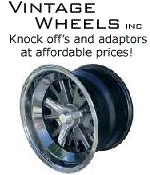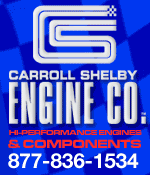I’m making some changes to my fuel system and will be going from a “dead head” style fuel pressure regulator to a “bypass” regulator. In theory, a bypass regulator is easier on the fuel pump, resulting in a longer life expectancy. Longer fuel pump life translates to less time parked along side the road with no fuel pressure!!

In order to do this I’ll have to weld an aluminum return tube into my tank, which is also aluminum. Here’s the question, 1) should the return tube (entering the top of the tank, of course) extend down to somewhere near the bottom of the tank to return the gasoline into the bulk of the fuel or 2) should the tube just penetrate the tank wall and spray the returned fuel down into the fuel in the tank. I don’t want to set this up wrong, and I can see potential problems with either method. With method 1, there might be a potential siphon problem under the right conditions since the pressure regulator will be lower that the tank With method 2, I wonder about the effects of all the aeration of the fuel that would be taking place. Will that result in a loss of “kick” in the fuel due to evaporation of additives or whatever?
Anyone know what the correct tube length or return point should be?
Any production car with fuel injection has a return line from a bypass filter dumping excess fuel back in the tank. Where does it enter?
Thanks in advance,
Steve























 Threaded Mode
Threaded Mode

